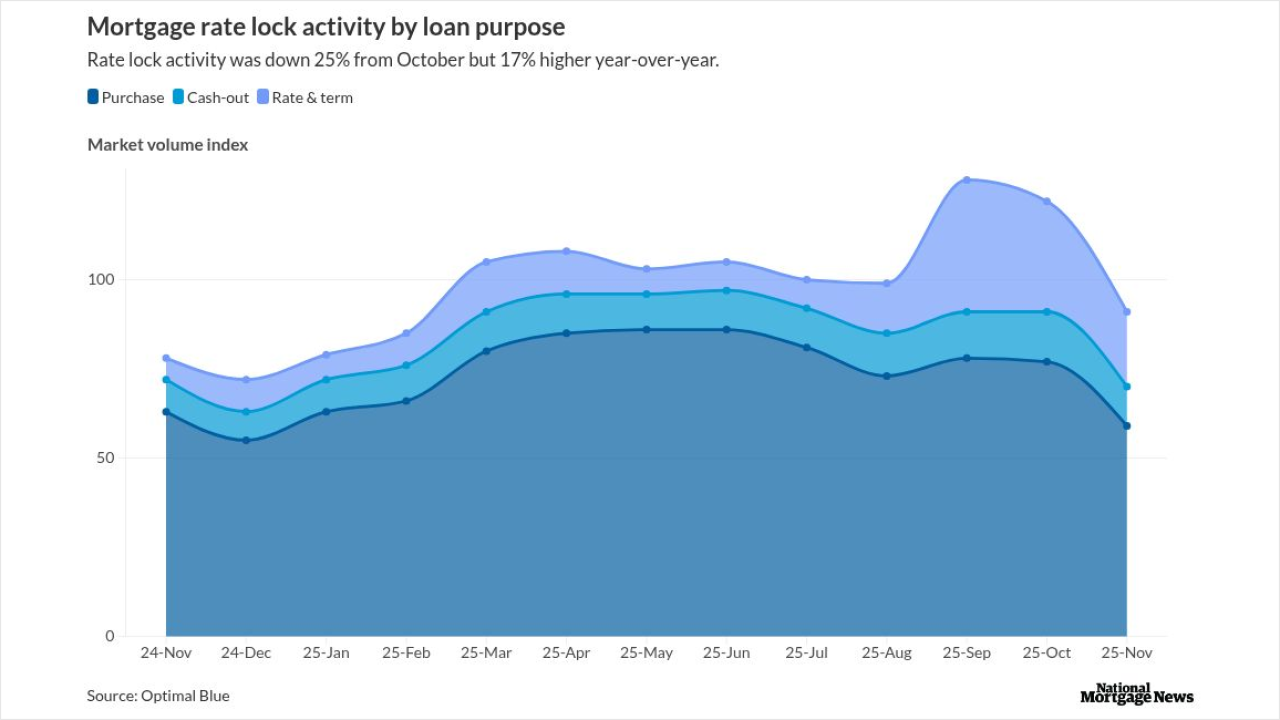Gracie Point is returning to the securitization market to raise $271.9 million in bonds secured by insurance premium finance loans extended to high-net-worth individuals, to finance their purchase of insurance policies.
When policyholders apply for the types of insurance policies in the current collateral pool, they typically pay the premiums upfront annually, and they take out loans to afford the premiums, according to Kroll Bond Rating Agency. Borrowers repay the interest on a quarterly basis, and the principal at maturity.
The insurance policy serves as collateral for the premium loan, and in the event of a default Gracie Point can cancel the policy and get the policy's cash surrender value, KBRA said. Other collateralization comes from cash as needed, and a letter of credit, the rating agency said.
Gracie Point International Funding 2025-1's portfolio contains 194 premium finance loans to 25 eligible life insurance companies. On average, the loans have a principal balance of $276.1 million, and on a weighted average (WA) basis they have an original term of 23.5 years, and a WA remaining term of 19.7 years, KBRA said.
Cantor Fitzgerald is the manager on the deal , according to Asset Securitization Report's deal database.
The deal will repay noteholders through four tranches of notes, all of which have an Aug. 15, 2029 legal maturity date. Classes A, B, C and D benefit from initial hard credit enhancement levels of 17.06%, 13.42%, 5.42% and 1.51%, respectively. The notes are benchmarked to the 30-day Secured Overnight Financing Rate (SOFR).
S&P Global Ratings notes several deal strengths, including the high credit quality of the insurance carriers attached to the pool of life insurance loans. Also, the deal stipulate that the policies' cash surrender value must always equal or exceed the loan amount.
Gracie Point has several weaknesses, including that the notes have a WA life of about three years while, and the underlying asses have a WA remaining term of about 20 years, S&P said. There is also some benchmark mismatching, as the notes accrue interest based on the 30-day average SOFR, while the loans accrue interest pegged to the 90-day-average SOFR.
S&P assigns A, BBB and CC to the classes B, C and D, respectively. KBRA assigns AAA to the class A notes; AA- to the class B notes; BBB- to the class C notes and BB- to the class D notes.




